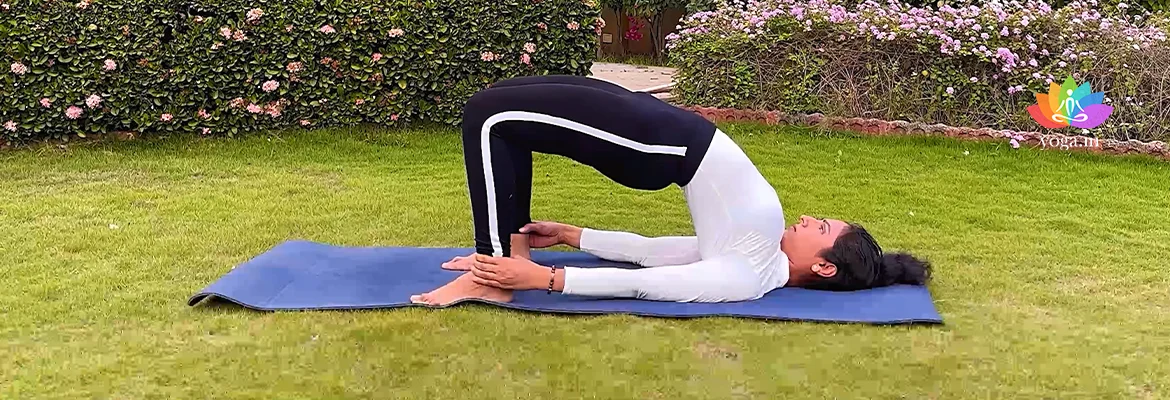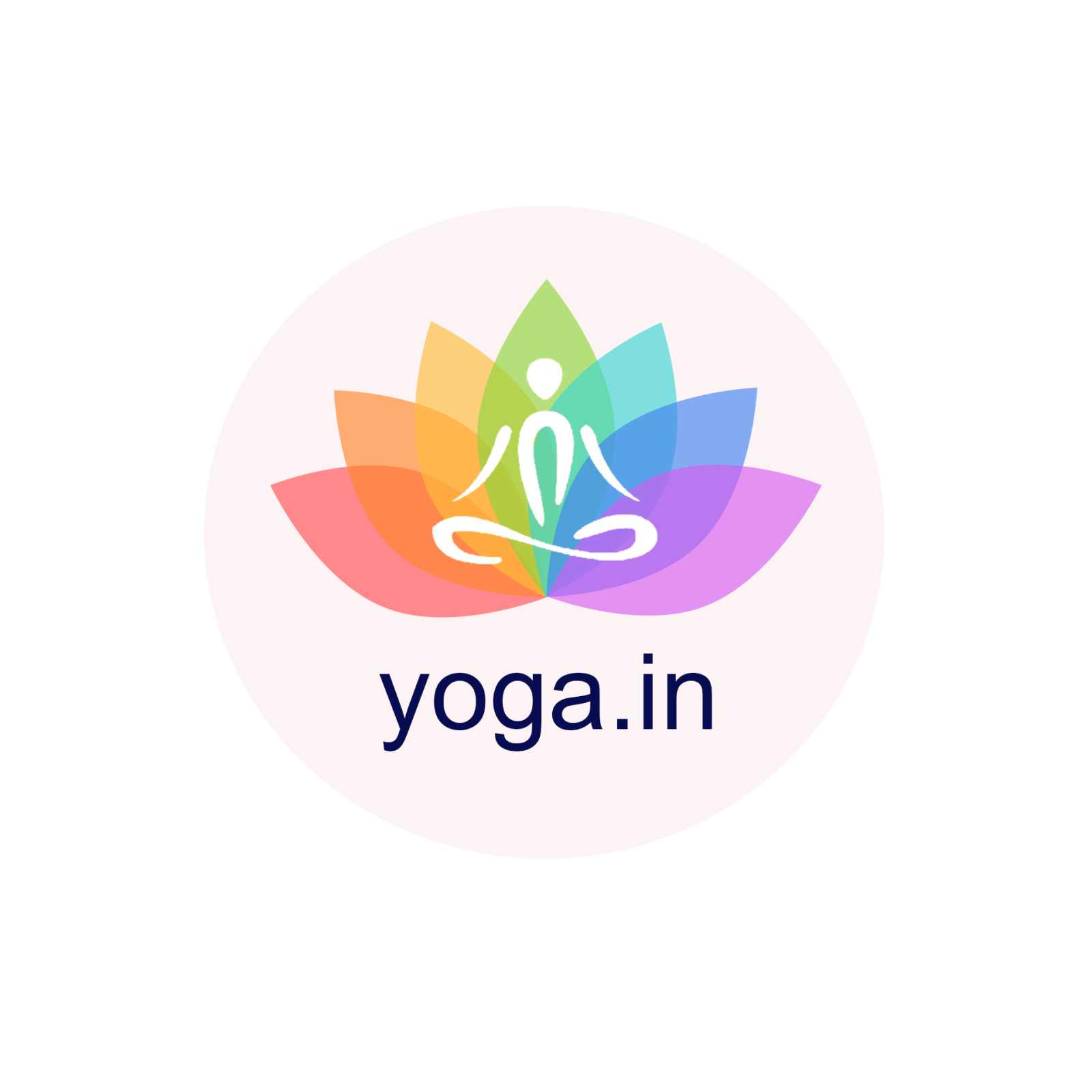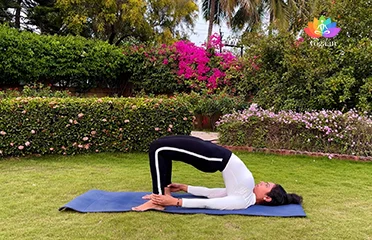Lying on your back, bend both knees and place the feet flat on the floor and hips-width apart.
Introduction to the Asana
The Sanskrit name is derived from Setu (सेतु) meaning bridge, Bandha ( बन्धा) meaning lock and āsana (आसन) meaning “posture” or “seat”.
Step to get in the pose
-
-
Keep the arms beside the body with the palms facing down.
-
The fingertips should be slightly touching the heels.
-
Press the feet onto the floor, inhale, and slowly lift the hips, rolling the spine off the floor.
-
Lightly squeeze the knees together to keep the knees hip-width apart.
-
Press your arms and shoulder plates down gradually lifting the chest.
-
Engage the legs, buttocks, and mula bandha to lift the hips higher.
-
Push with your feet and relax your shoulders and neck.
-
Breathe and hold for 4-8 breaths.
-
To release exhale and slowly roll the spine back to the floor.
Common mistakes and pitfalls
-
Alignment issues.
-
Knees not in line with the hips.
-
Chest is not lifted.
-
Toes out to the side.
-
Palms apart.
-
Backs of the arms on the mat.
Benefits
-
Increase Blood circulation and oxygen levels.
-
Tones abdomen.
-
Enhance digestion.
-
Stimulates the lungs, thyroid glands, and abdominal organs.
-
Alleviates spine compression.
-
Strengthens the lower back, buttocks, and hamstring muscles.
-
Offers flexibility to the hip flexors.
-
Calms the brain and nervous system.
-
Helps alleviate stress and mild depression.
-
Weight management.
Contraindication
-
Avoid in case of neck, shoulder, spine or hip injuries or surgeries.
-
Avoid in case of abdominal hernias, acute cervical spondylitis, or herniated disc.
-
Avoid in case of knee replacement surgery or severe osteoporosis.
-
Avoid if undergone heart surgery.
-
Avoid in case of high blood pressure.
-
Avoid in case of glaucoma or detached retina
-
Avoid if suffering from migraine.
-
Pregnant women to practice only under the guidance of a well-trained professional.
-
Avoid during mensuration.




